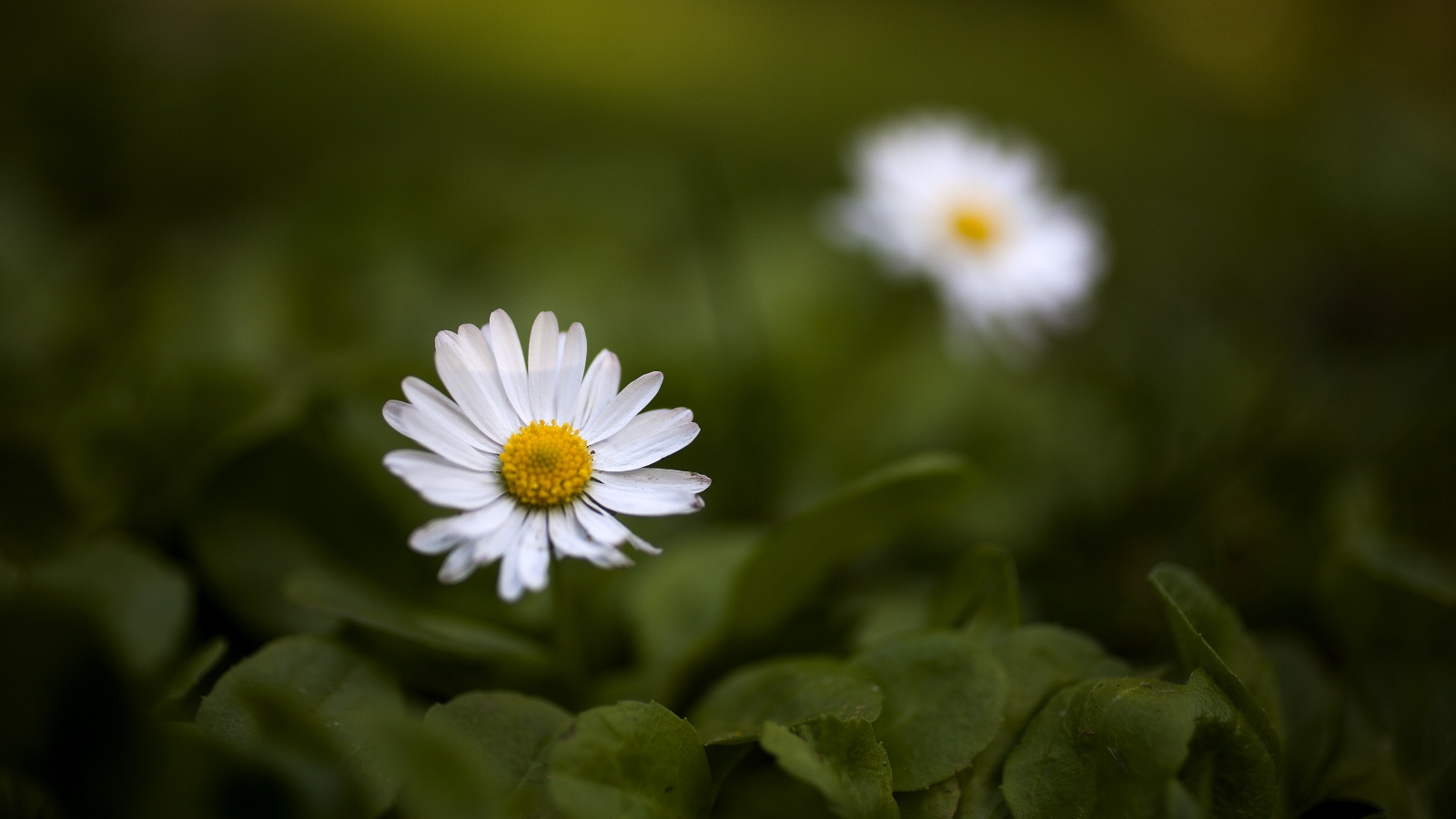Five signs that spring is on its way to look out for in February and March
A naturalist in the Gulbenkian Garden
Even on the gray, cold days that often mark the last winter month, there are little clues around that indicate that this time of rest and recollection is coming to an end. It’s because spring does not follow official calendars and is already taking its first steps in the Garden.
Daisies
Bellis perennis

Small daisies with white petals are among the first flowers you will find on lawns, when the days begin to get clearly longer, adding colour to the garden even in cold February. This is the month when this native plant starts bursting into bloom.
Laurestine
Viburnum tinus

These laurestine shrubs are also among the first to announce the end of winter. At about this time, among the evergreen branches, one can begin to see large clusters of small white flowers, a feast for pollinating insects.
Honey Bees and Bumblebees
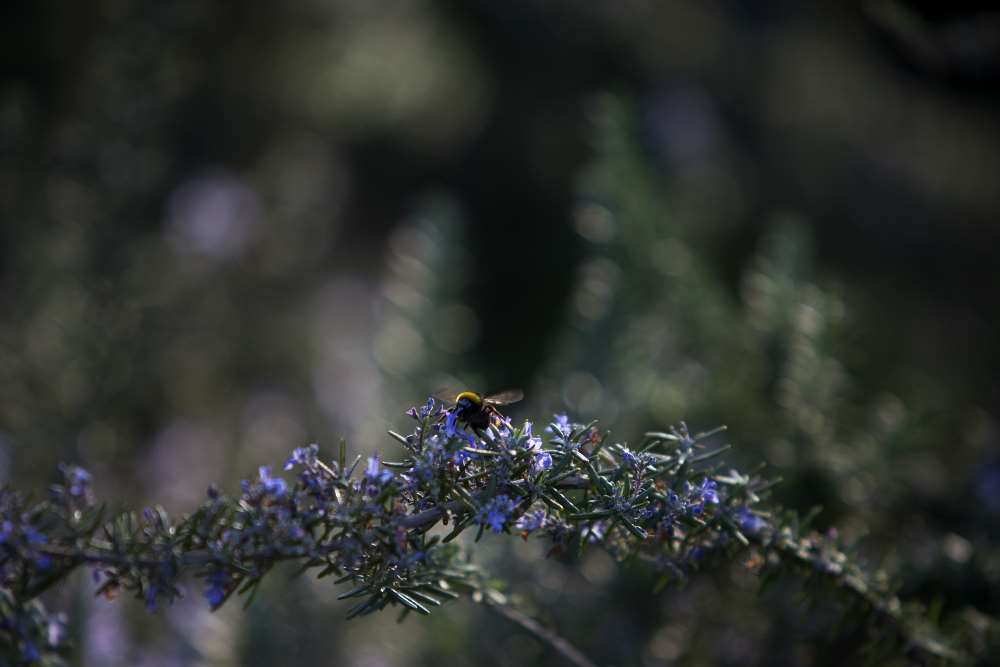
If you look closely, you may notice the intense activity of honey bees and bumblebees hovering around the rosemary (Rosmarinus officinalis) and laurestine in bloom, especially when the sun’s out. It is in February that the workers start harvesting nectar and pollen, a task that in Portugal almost always lasts until the end of the summer.
The first leaves
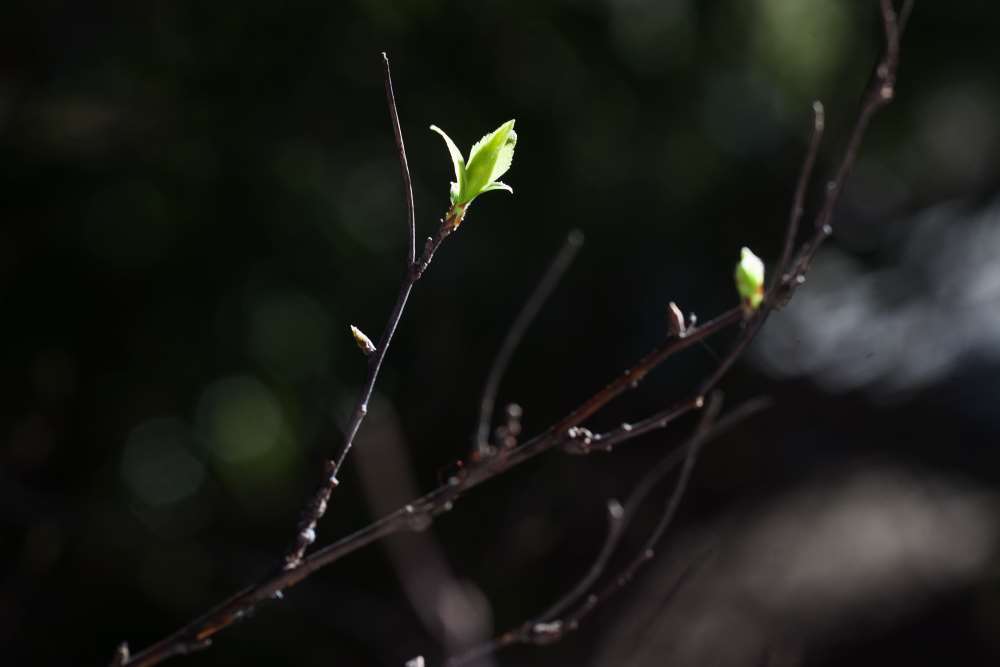

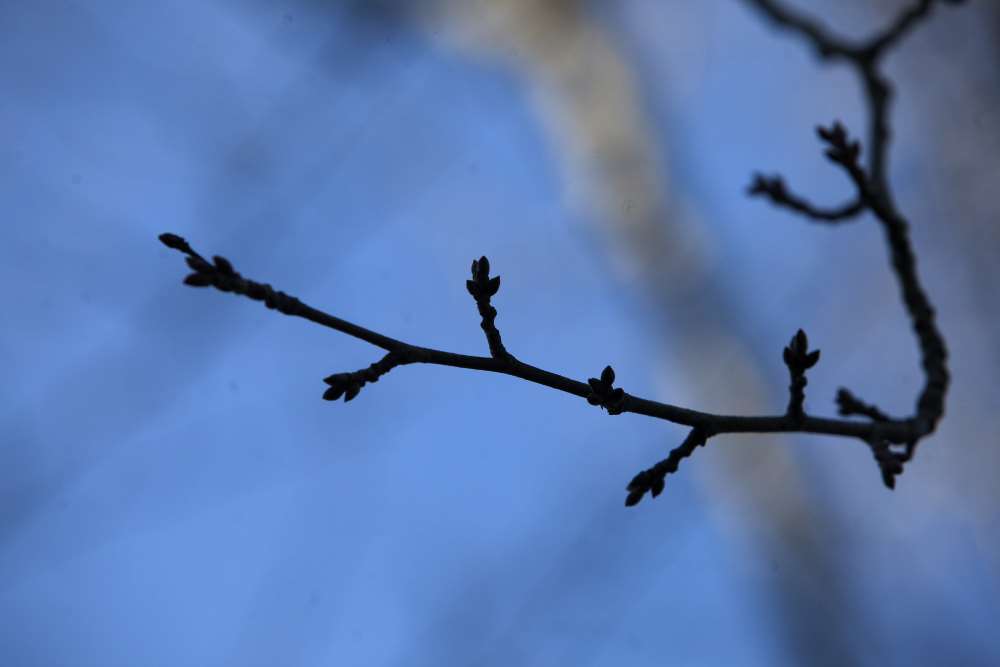
The trees in the garden, still with bare branches, are already preparing for spring. Such is the case for pomegranates (Punica granatum), poplars (Populus sp.) and oaks (Quercus sp.). If you look closely at the lower branches, you may find delicate small pink, reddish or green shoots, sometimes with tiny leaves that are beginning to emerge.
Swallows
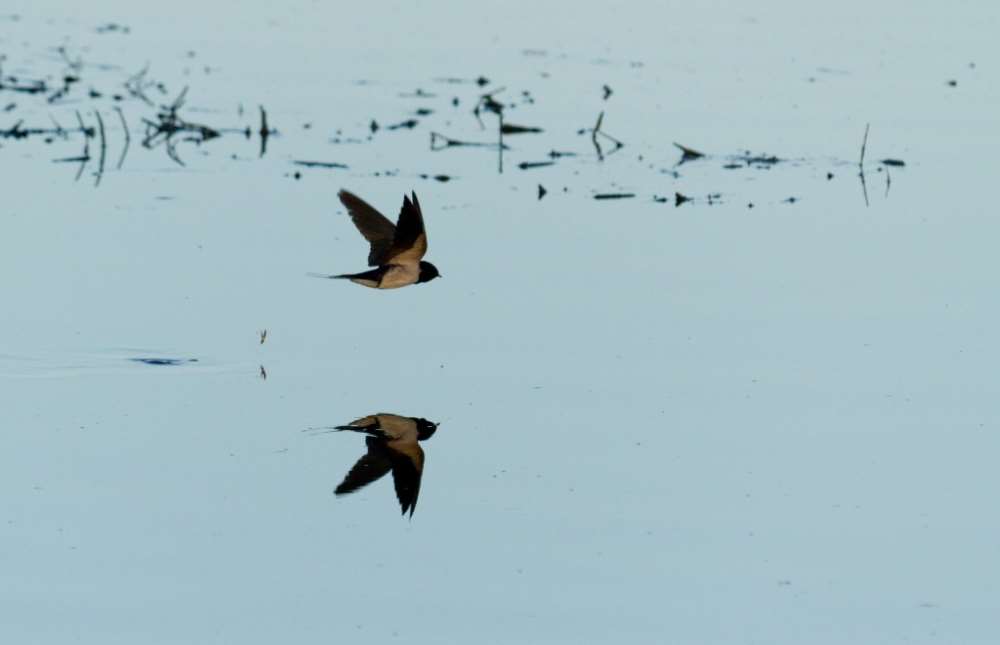
Between February and March many migratory birds reach Portugal to make their nests. Barn swallows (Hirundo rustica) and house martins (Delichon urbicum) never go by unnoticed. With their forked tails, they fly through the garden in search of insects to eat.
